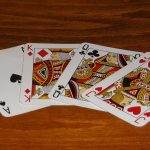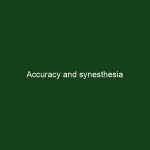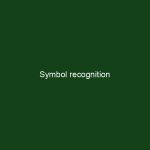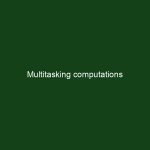Managing pauses when we learn is an important skill nobody talks about. Below is a recommended superlearner strategy inspired by a discussion on our udemy course. Recently there was a very discussion on udemy (below) regarding small pauses we have when we learn. My personal opinion that we should use these pauses as one would …
Continue reading “How to use negative time: saccade masking and microsleep”






